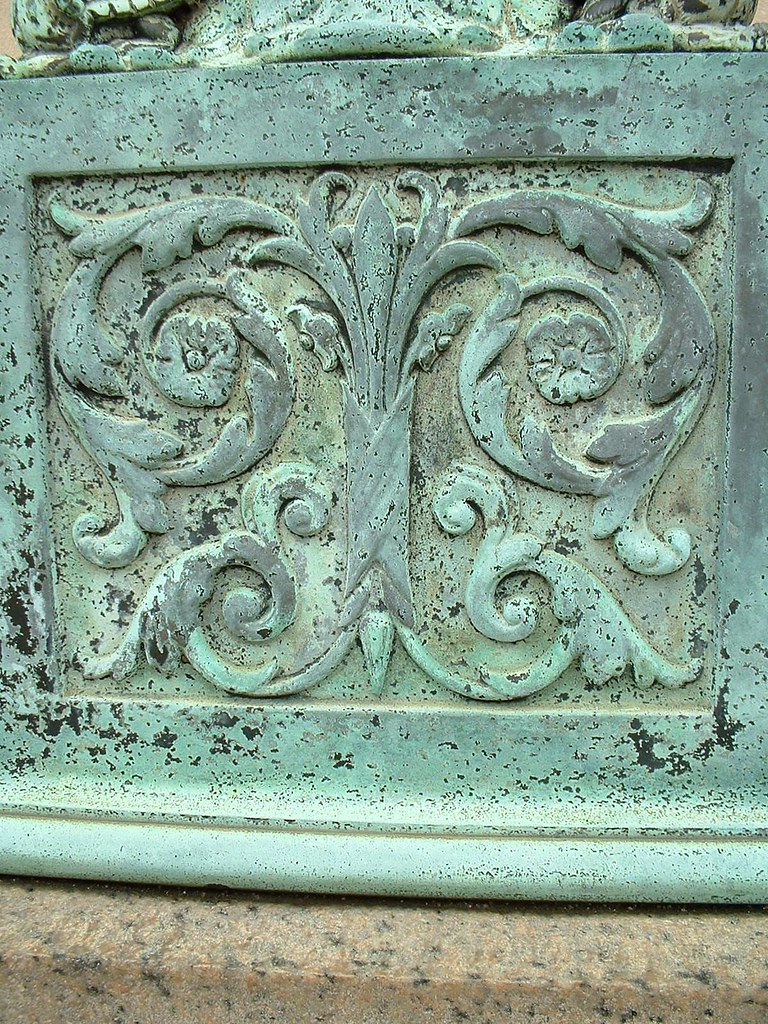Euan Cochrane is Digital Preservation Manager at Yale University Library in the USA
Physical objects often have a “patina” associated with them that illustrates their age and authenticity and evokes an emotional response in ways that are in contrast with responses to brand-new objects.
“Patina (/ˈpætɪnə/ or /pəˈtiːnə/) is a thin layer that variously forms on the surface of stone, copper, bronze and similar metals (tarnish produced by oxidation or other chemical processes), [1] wooden furniture (sheen produced by age, wear, and polishing), or any such acquired change of a surface through age and exposure.” https://en.wikipedia.org/w/index.php?title=Patina&oldid=810608866
https://www.flickr.com/photos/teagrrl/988843/
“Example of patina on a physical object”
As software preservation and emulation is becoming more readily accessible, thanks to the work of the KEEP project, the Internet Archive, the bwFLA project, and many others, we’re beginning to see the emergence of a phenomenon whereby digital objects are displaying something that seems strikingly similar to physical patinas. Something perhaps best described as a “digital patina”.
An object’s digital patina can be experienced when interacting with it using software that may have been used to interact with the object when it was created and/or originally used. Interacting with the object using ‘original’ software enables access to the ‘original’ digital object and its digital patina.
Somewhat the reverse of the process of acquiring an analogue patina (or “patina”), an object’s digital patina results from the growth of dependencies that variously forms around digital objects through the aging process and change in technology.
Examples of digital patina abound. From the sound of the Amiga drive when accessing a floppy disk:
Amiga 500 booting Workbench 1.3
To the start sequence for dBase IV and it’s antiquated, rough (almost smelly) appearance:
dBaseIV pic.twitter.com/R6Kr3ic76W
— Euan Cochrane (@euanc) November 20, 2017
https://twitter.com/euanc/status/932461249866104832
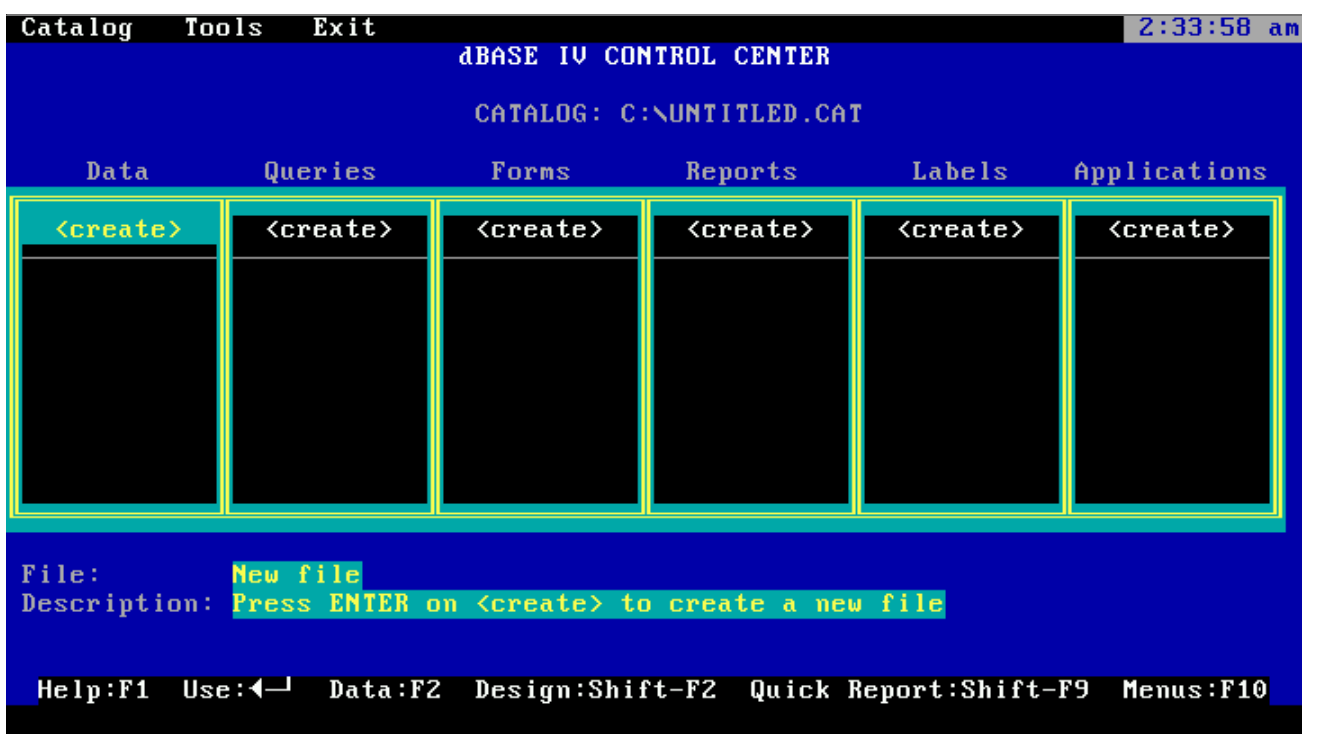
To the aged and pastel-punctuated introduction videos that used to be provided to aid users getting started with using “new” desktop applications:
Take a quick tour of IBM Lotus Freelance Graphics
And the desktop applications’ features and interfaces that immediately scream “I am old”:
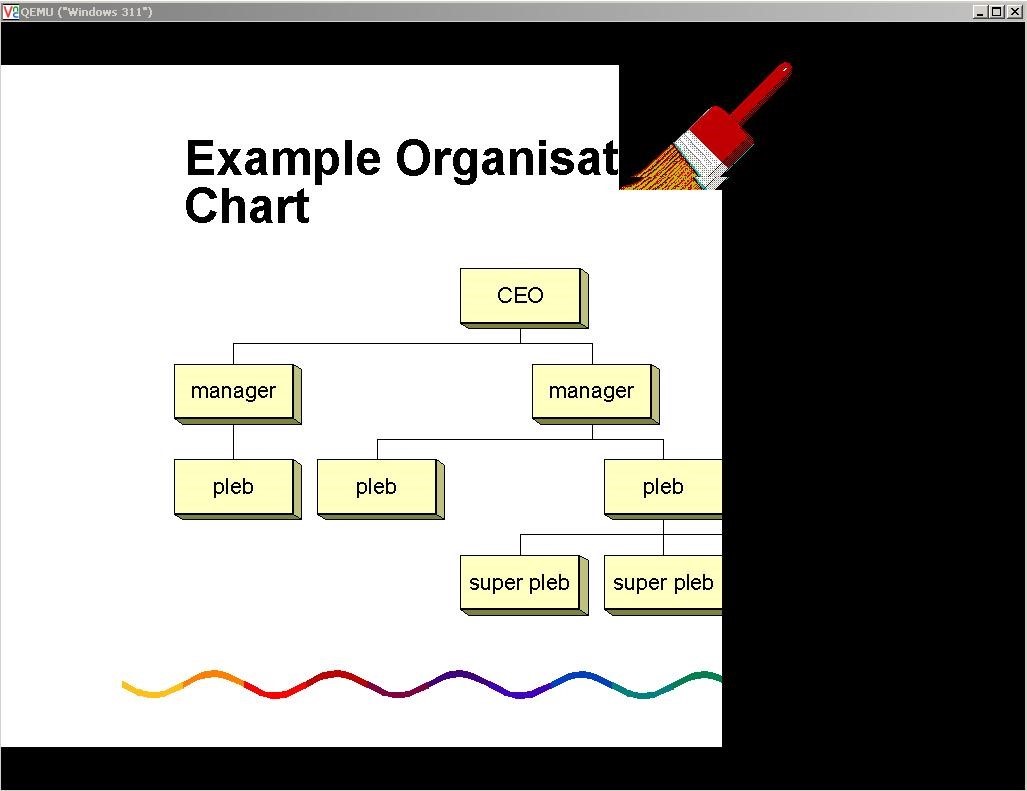
“Paintbrush” slide transition from Freelance Graphics for Windows release 2.1
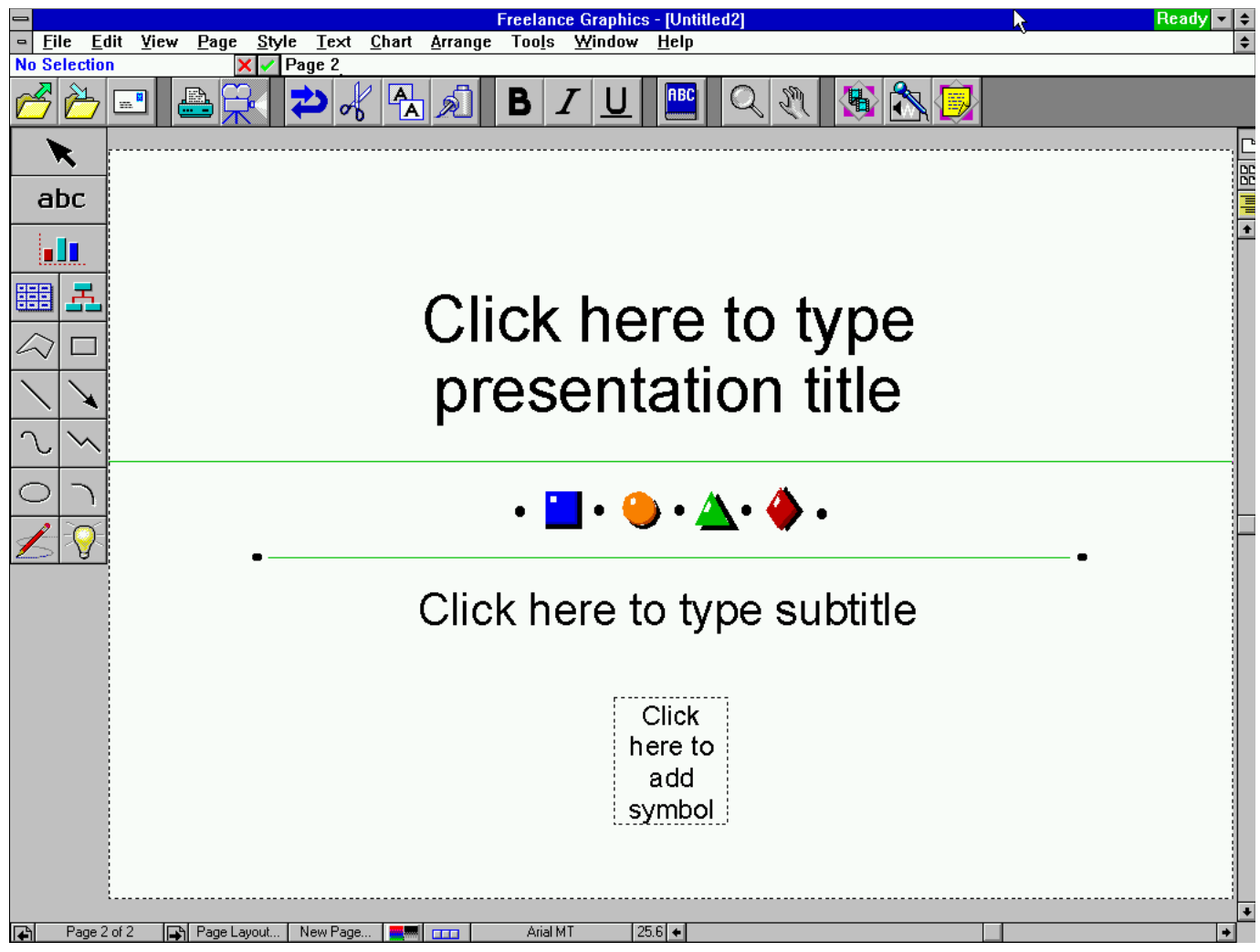
Freelance graphics for Windows Release 2.1 user interface
To the polarizingly perfect “clippy”.
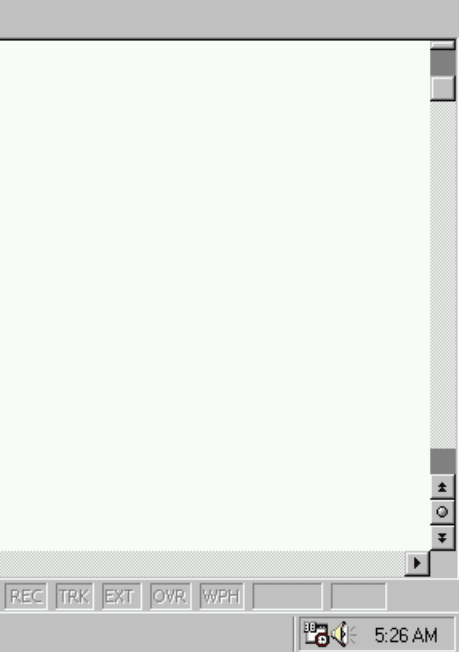
“I can’t help but shed a tiny-violin sized tear whenever I think of users being provided access to MS-Word 97 (fmt/40) files using software other than Microsoft Word 97, ensuring they miss out on the joy that was Clippy."
So this digital preservation day I say we celebrate the emergence of the digital patina. It’s influence on the world, on the future digital object authentication and on our experience of digital history is only just beginning and I for one, welcome it (and this clippy costume) with open arms.

